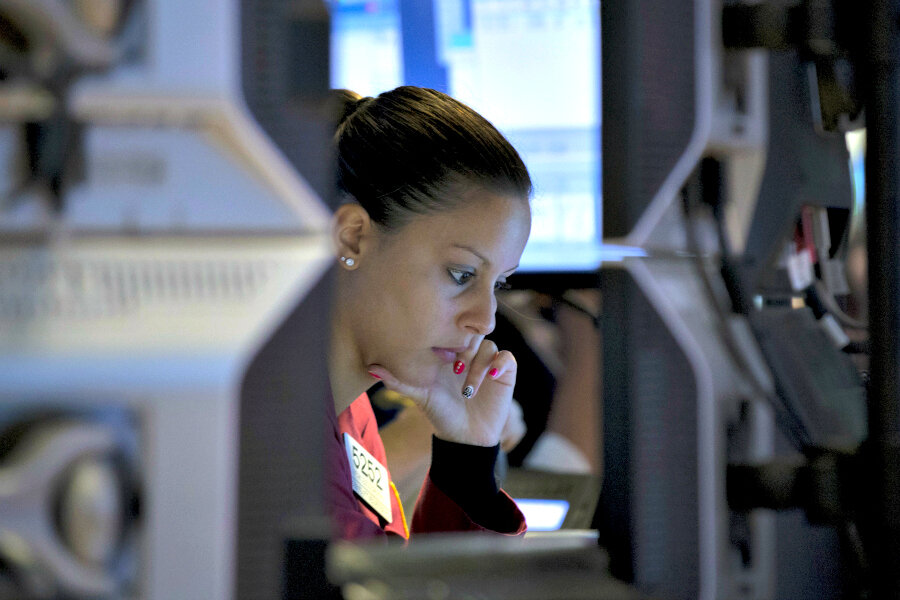Outlook brightens for a new generation of women at work
Loading...
Around the world women still face special challenges in participating in the workforce. Yet despite the need for vastly improved conditions and opportunities, a new poll does reveal one important sign of progress.
The Thomson Reuters Foundation, supported by the Rockefeller Foundation, looked at the problems confronting women in the Group of 20 countries, which represent the world’s largest advanced and emerging economies – about two-thirds of the world’s population and 85 percent of its gross domestic product. After polling 9,500 women around the world it identified the major challenges for women who want to work.
Chief among them was how to maintain a successful work-life balance. That was followed by the lack of equal pay. Harassment in the workplace ranked third.
Finding child care was a major obstacle. In some societies, such as Brazil, it is solved in part through strong family ties, with other family members stepping in. In some countries the cost of paying for child care is low, either because of local economic conditions or because of government subsidies.
Even within one country, Germany, the poll found, two philosophies toward women at work exist. In east Germany, which spent decades under communist rule, many more women work and attitudes toward women in the workplace are “very open,” according to one expert quoted. West Germany “is conservative, but it is changing.”
Women in wealthy countries looking for child care face a daunting problem: cost. In London, for example, placing a child in a nursery school might exceed $2,000 a month. A woman with two small children could easily find working to be more expensive than staying home.
So where’s the good news?
The poll found female Millennials, those ages 18 to 34, significantly more hopeful about their work prospects. More of them say they feel that they can have children and still not damage their career opportunities. And more of them are sure that they have the same chance to succeed in starting a new business as does a man.
Why the brighter view? In some cases younger women may be better informed about their workplace rights and willing to demand them. Many are better educated, and therefore more employable, than their mothers’ generation.
Problems such as receiving less pay for the same work as men and sexual harassment remain to be overcome. But even in countries traditionally opposed to women in the workforce a kind of dawn is breaking.
“Once upon a time, the woman had to get permission from their spouses to work,” says Fahda Bandar, a 30-something female executive at a communications company in Saudi Arabia. “That’s not the case anymore. So the reality is that if you like it or not ... women will be in the workforce.”
It isn’t easy for a woman to find a balance between the enormous importance and responsibility of raising children, and the opportunity to work outside the home to help provide for her family and play a productive role in society. But as countries level the playing field in the workplace, the power to decide how to approach that balancing act shifts to where it belongs – with each woman.





